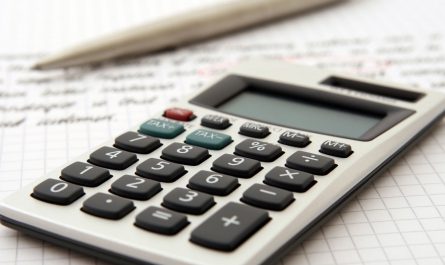Finding yourself unable to keep up with debt payments can be stressful. It can feel like you’ve lost control of your finances and that no matter what you do, you’re always trying to catch up from behind. Watching your paycheck get eaten up by debt repayments can leave you without much wiggle room to manage surprise expenses, and the experience can have a significant negative impact on your mental health.
You may not have to climb out of debt on your own. Depending on your situation, several debt relief options may be available to you that can help you become debt-free and regain control of your finances.
#1 Consumer Proposal
A consumer proposal is a legal procedure regulated by federal law that allows you to make your creditors an offer to repay a reduced amount of debt. With the help of a Licensed Insolvency Trustee, you will make an offer based on what you can afford to pay each month for a period of up to five years. If enough of your creditors accept the proposal, it will be legally binding on all of your unsecured debts.
A consumer proposal is the only way to secure some level of debt forgiveness without having to sell any of your assets to satisfy your creditors. Unlike some of the other options available to you, such as debt consolidation and debt settlement, it is also a legally binding procedure.
#2 Debt Consolidation Loans
A debt consolidation loan may be an effective way to reduce the interest rate you pay if you catch the problem early enough. With a debt consolidation loan, you borrow a sum of money that allows you to pay off all of your individual debts, like credit cards, outstanding utility bills, etc. You only have to worry about one monthly payment, and if you do it right, it can save you money in the long run.
Debt consolidation loans only make sense if you can secure a lower interest rate than what you’re paying on all of the original loans. Be aware of loans that promise low or zero interest for a limited period of time. That can give you a chance to catch up, but it can backfire if you’re still paying it back when higher rates kick in.
#3 Debt Settlement
With debt settlement, you see how much relief your creditors are willing to give you. The process involves negotiating with your unsecured creditors for debt relief or reduced interest rates. It can also be effective if you have a lump sum of money available and want to pay off your debt all at once, with some relief.
#4 Bankruptcy
In most cases, bankruptcy should be treated as a last resort. It can put assets like non-RRSP investments and property in jeopardy, and it will have significant consequences for your credit score, making it difficult to rent an apartment, qualify for a car loan, or even get a credit card in the future.
However, bankruptcy will discharge you from your unsecured debts, and it provides protection from creditors who may be pursuing you with legal actions.
If possible, a consumer proposal can provide similar debt relief while reducing the negative side effects, and you should explore your other options before seeking out bankruptcy.

